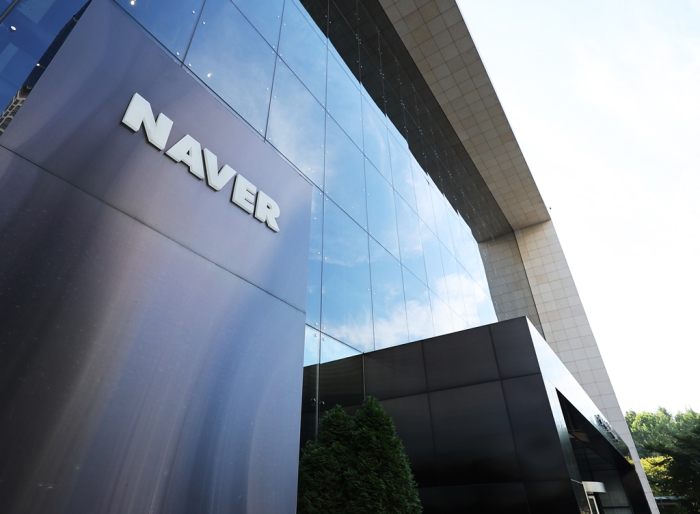Intel Corporation has achieved a victory in the field of artificial intelligence (AI) by securing South Korea's first online portal, Naver, as a customer. Naver has switched from using NVIDIA Corporation's graphics processing units (GPUs) to Intel's central processing units (CPUs) for certain AI workloads. The decision to switch was driven by supply chain issues and high prices associated with NVIDIA's GPUs, prompting Naver to transition its fraud detection AI platform to Intel's products.

This move by Naver represents the initial stage of a shortage of NVIDIA's products, which has been a cause for concern among analysts since the beginning of the AI boom. The shortage has led to a doubling in price and stretched lead times of NVIDIA's AI accelerators, forcing Naver to seek alternatives.
Intel, as the largest semiconductor designer and manufacturer in the US, has faced its own challenges, including manufacturing timeline delays and a sluggish personal computing market, affecting its financial performance and share price.
The rising prominence of GPUs and alternative processor models, facilitated by advancements in semiconductor manufacturing processes led by the Taiwan Semiconductor Manufacturing Company (TSMC), has brought NVIDIA's GPUs to the forefront for AI applications. Additionally, certain companies, such as Apple, have transitioned from x86 chips to Arm-based processors for traditional personal computing tasks.
According to reports, Naver has replaced NVIDIA's GPUs with Intel's CPUs for its Naver Place map platform. Previously, Naver utilized the power of NVIDIA's GPUs to identify fraudulent listings and differentiate them from genuine listings in response to user queries.
The decision to switch to Intel was primarily driven by escalating prices and lengthy lead times associated with NVIDIA's AI accelerators. These accelerators have seen their prices surge from 40 million Korean Won to 80 million Won, equivalent to approximately $59,193. Furthermore, the lead time for these accelerators has increased to 52 weeks, posing challenges to efficient procurement and supply chain operations. Longer lead times impede timely upgrades of critical data centers and other IT infrastructure equipment.
Before adopting Intel's products, Naver conducted a one-month testing period. The company will also employ Intel's Sapphire Rapids CPU to enhance the computing infrastructure of its location and search products. One crucial bottleneck affecting the shipment of NVIDIA's AI accelerators is TSMC's packaging process, which involves preparing chips for their final use. Reports indicate that TSMC has responded to the high demand for NVIDIA's products by increasing orders for packaging equipment by up to 30%. However, these equipment orders also come with their own lead times, leading to industry-wide shortages as manufacturing capacity takes time to expand.
Media reports have suggested that TSMC's packaging suppliers are now operating at full capacity due to the increased orders. These reports from September projected AI chip prices and revealed that some components are limited by production capacity, although the situation is expected to improve with a doubling of capacity in the near future. TSMC has announced a significant investment of $2.89 billion toward a new chip packaging facility. Nevertheless, supply-demand mismatches in the chip sector can become more problematic as companies rush to place orders in response to shortages. This spike in demand drives up prices, but as supply stabilizes, resolving expensive inventory becomes a challenge.







